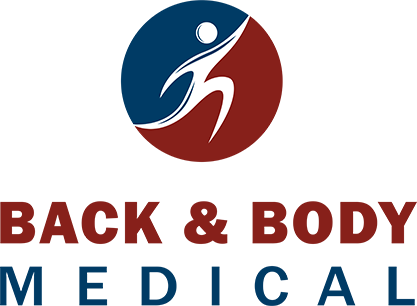Rotator cuff injuries are ubiquitous in the world of sports, especially baseball. Commonly caused by repetitive, overhead motions, they’re painful and slow to heal. Usually manifesting in the form of tears (uncommon) or impingements (common, caused by swelling and inflammation), dysfunction in this part of the body can be very physically limiting.
The rotator cuff consists of four muscles in the shoulder. These are what allow your shoulder its range of motion and provide joint stability.
Sudden impact, a fall and aging are all everyday causes of rotator cuff injuries. But the rotator cuff is especially responsive to non-invasive therapies and self-care. For that reason, we’re offering this brief guideline to manage rotator cuff pain with these 3 exercises.
1. External rotation.
Lie on your uninjured side, bending your injured arm at the elbow, at a 90° angle, resting the elbow on your mid-section, with your forearm resting on your stomach.
Using a light dumbbell and keeping your elbow rested on your mid-section, lift the dumbbell off the floor, toward the ceiling. The top of your hand should be facing up.
Hold this for as long as you can, then repeat the exercise 10 times. Do 3 sets of these, 3 times a day. Increase repetitions incrementally, while being attentive to response in the shoulder.
2. Resistance band pull.
One end of the resistance band should be placed under the foot opposite the injured shoulder. With feet shoulder-width apart, take the other end of the band in the hand on the injured side. Place your hand on your hip on the opposite side.
Ben slightly from the waist, remembering not to lock your knees, until the hand holding the band is parallel with the opposite knee.
Relax your shoulders and straighten up. At the same time pull the band across your body to your outer ribs, squeezing your shoulder blades together, pivoting the upper body.
Do 3 sets of 10.
3. Reverse fly.
Holding a light dumbbell in each hand, place your feet at shoulder-width and bend slightly from the waist, remembering to keep your back straight.
With your elbows slightly bent, slowly raise your arms upward, stopping at the level of your shoulders, while squeezing your shoulder blades together.
Do 3 sets of 10.
You can manage rotator cuff pain with these 3 exercises, but more serious or recurring issues with this part of the body may require professional support. Self-monitor and ensure that there’s no swelling or inhibition in motion, deep pain or difficulty sleeping on the affected side which persists for more than several days. These all indicate that medical care is required.
Back & Body Medical is an award-winning clinic located in Manhattan, in the heart of New York City.
Under the rubrics of chiropractic, acupuncture, physical therapy and sports medicine, we offer our patients leading-edge care and superior outcomes. We do that by combining modalities to arrive at individualized programs of care.
If you believe your rotator cuff injury needs professional care, please don’t hesitate to contact us for a consultation.














